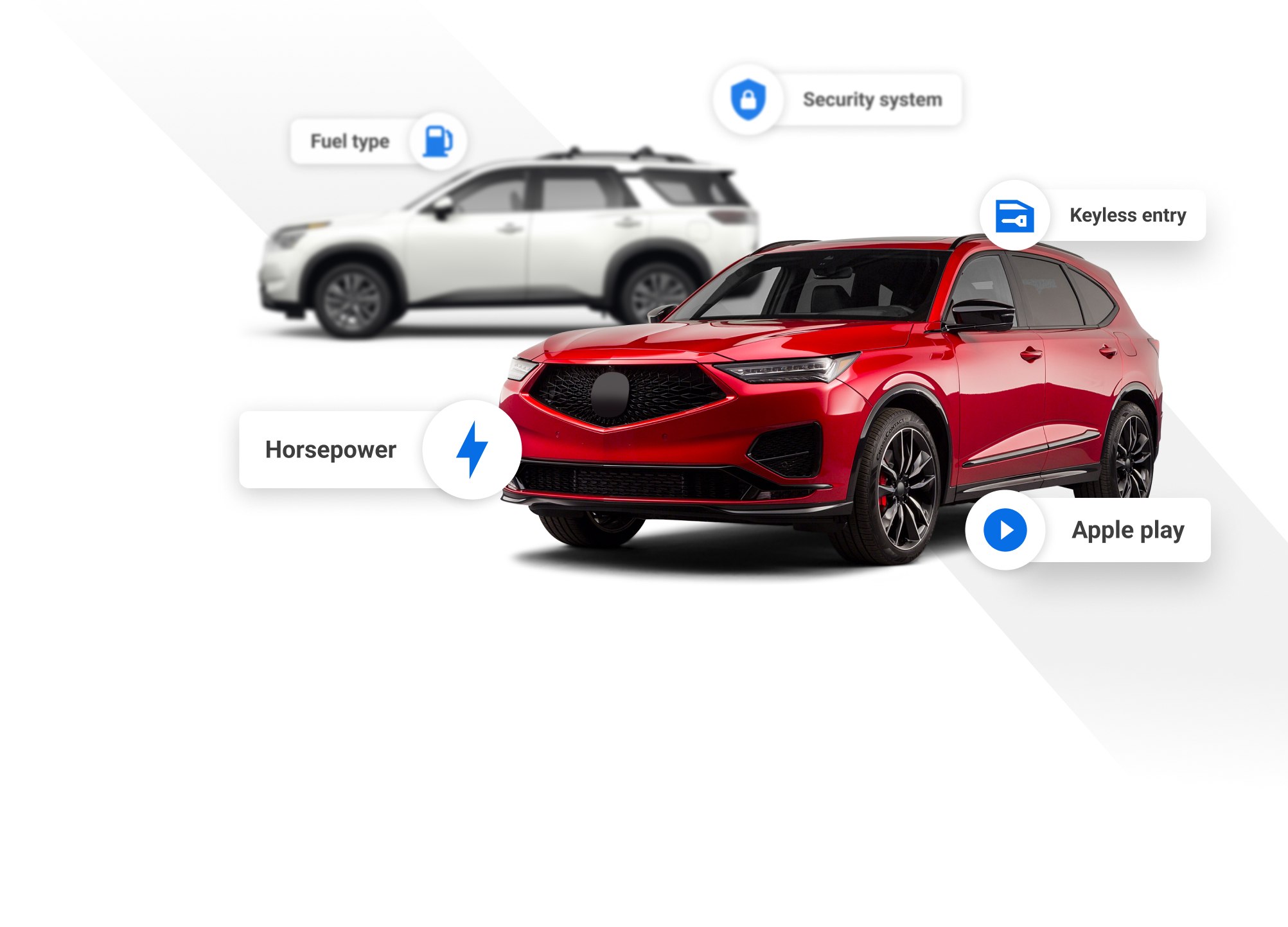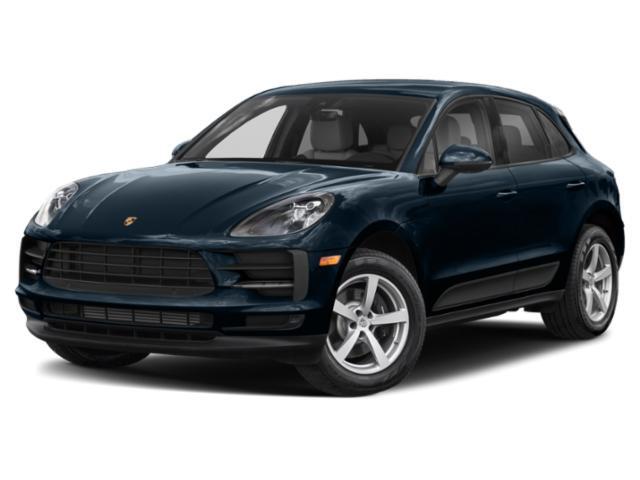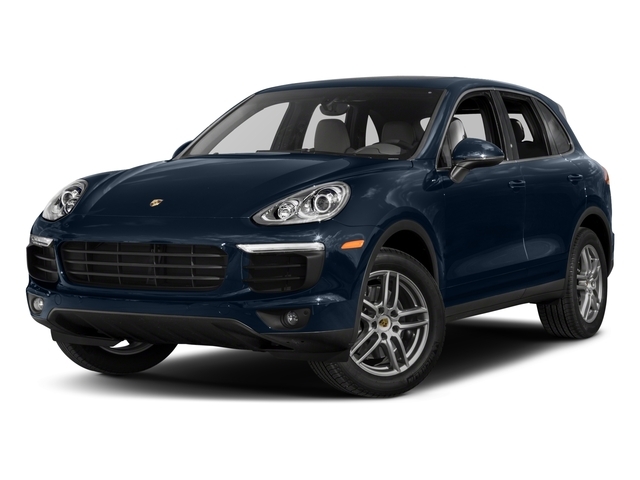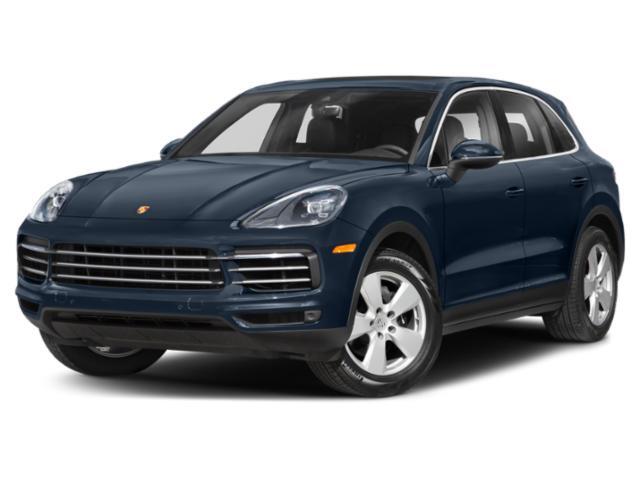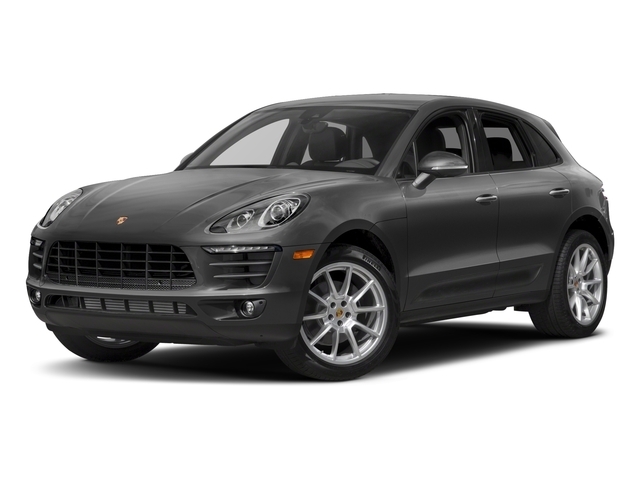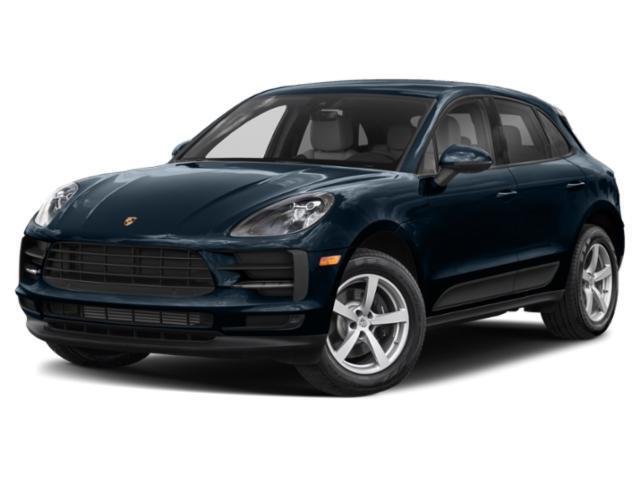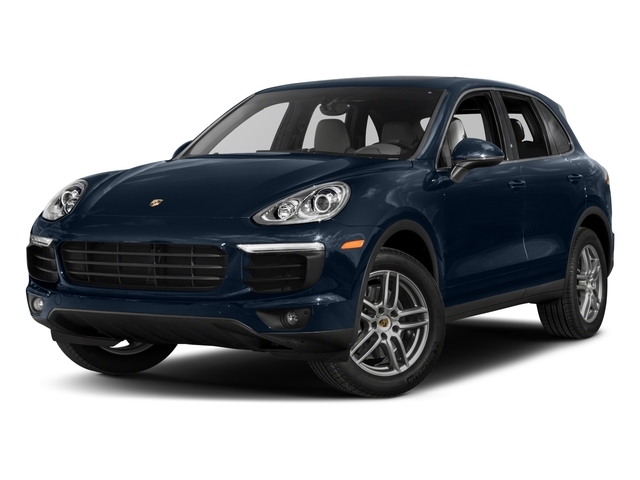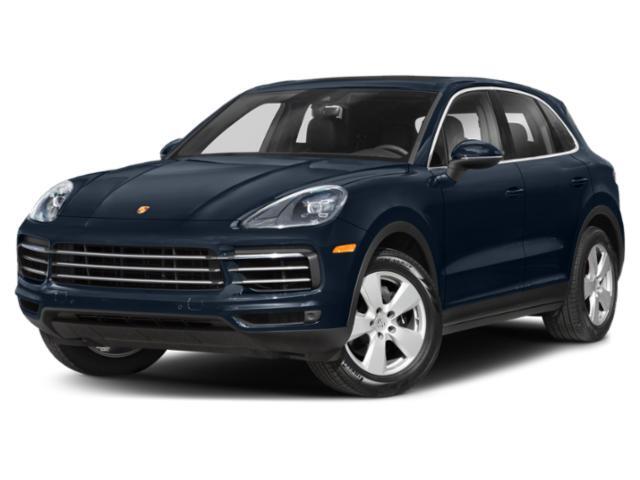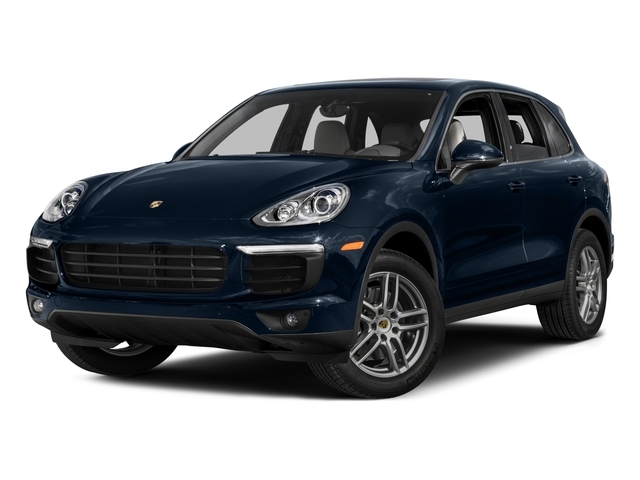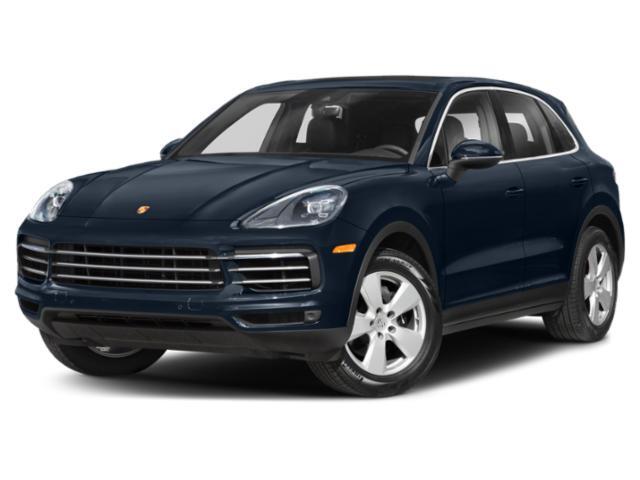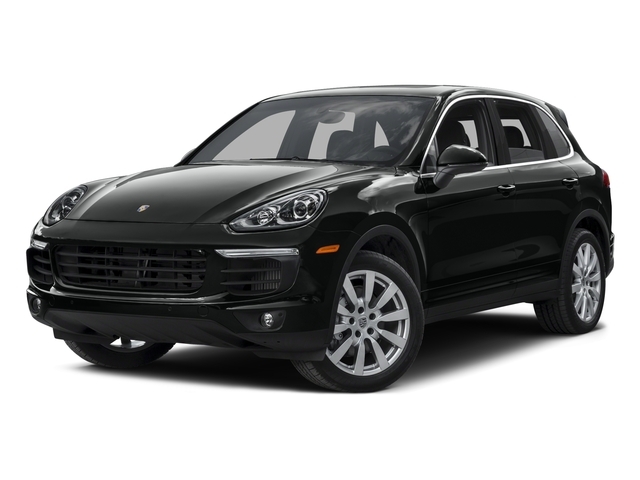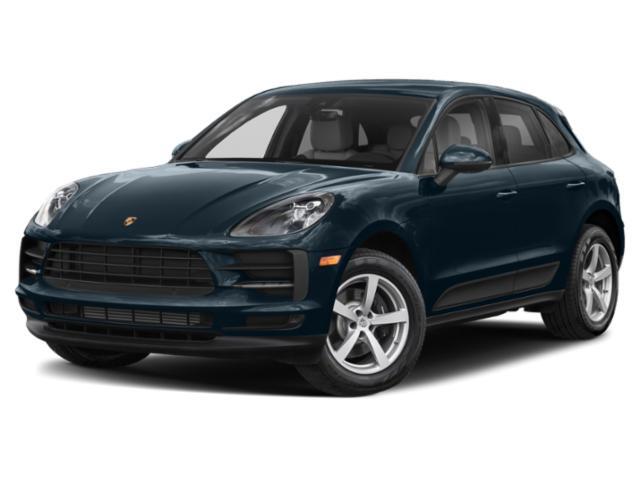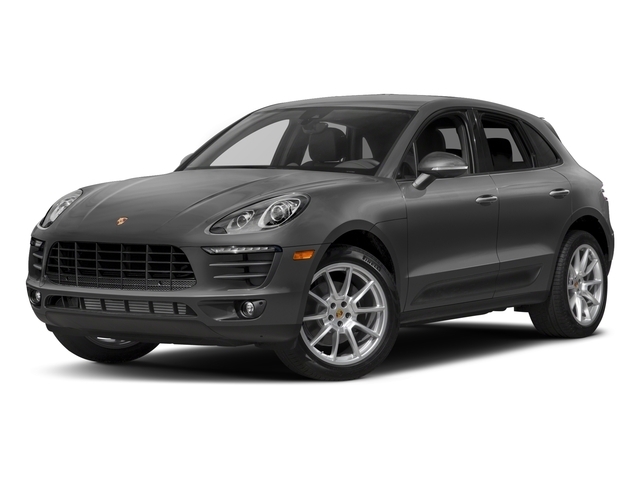
2019 Porsche Cayenne

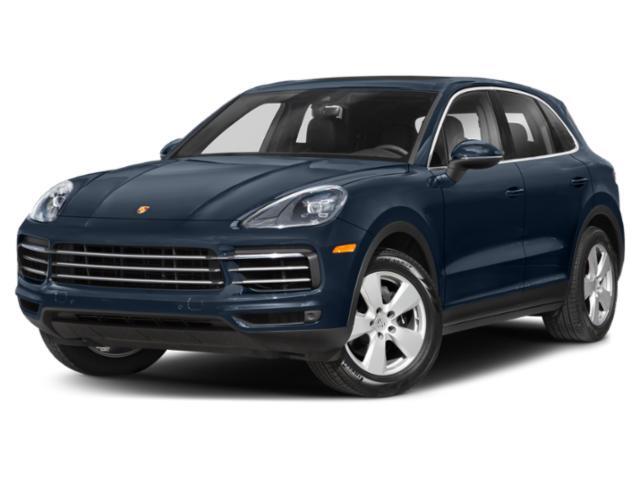
Key Specifications for 2019 Porsche Cayenne






Buyer’s Guide
Porsche's sports cars may be the ideal embodiment of the brand's spirit, but the Cayenne is the company's profit centre, a vehicle that has placed Porsche at the core of the luxury SUV segment. And that's where they'd like to stay with a redesigned 2019 model that marks the third generation of a vehicle that has become as much a household name as the 911.
Cosmetically, the changes are evolutionary, with the Cayenne now bearing a strong resemblance to its compact Macan sibling.
With the launch of every new design, Porsche strips the lineup back to basics to prepare for the inevitable parade of variants that will follow, so to start, the new Cayenne comes in three flavours (more specialized versions like the Cayenne Hybrid carry on in last year's body style).
A base model uses a 3.0L turbo V6 that makes 340 hp and 331 lb-ft of torque (40 hp and 36 lb-ft more than in 2018), and the Cayenne S gets a 2.9L version of that motor making 440 hp (20 more than last year's equivalent) and 406 lb-ft. Atop the range (for now) is the Cayenne Turbo with a 4.0L turbo V8 good for 550 hp and 568 lb-ft of torque, which Porsche says is a bonus of 30 hp and 20 lb-ft compared to the outgoing Cayenne Turbo.
Notably, the new Cayenne S is a close match, performance-wise, for last year's GTS model, while the new Turbo comes close to what you got in the 2018 Turbo S, leaving the door open for some serious potential as Porsche adds to this new model's high-performance portfolio.
An eight-speed transmission and AWD are standard across the range.
All Cayennes now come with staggered tires that are wider at the rear, a move intended to improve the car's high-speed stability and handling. As before, air suspension is an option, while rear-wheel steering is a new option, another nod to better highway stability that also allows for improved low-speed maneuverability.
Other changes include a 48-volt electrical system that allowed engineers to redo the Porsche Dynamic Chassis Control (PDCC) adaptive suspension with quicker-acting electrical components to replace the old car's hydraulic system.
Meanwhile, aluminum bodywork and a high-tech battery mean the Cayenne is 55 kg lighter than before.
The Cayenne is hardly along in the luxury SUV segment; it competes for buyers with its formidable German foes including the BMW X5 and Mercedes-Benz GLE-Class, Sweden's Volvo XC90 and Japanese giants like the Acura MDX and Lexus RX. Those are all well-done vehicles, but expect the new Cayenne to once again set the performance benchmark in this highly contested category.
If you want a Cayenne S E-Hybrid, GTS or Turbo S, you'll have to settle for a car carried over from last year. The hybrid combines gasoline and electric power for 416 hp and 435 lb-ft. GTS models boast 440 hp and 443 lb-ft, and the Turbo S puts out 570 hp and 590 lb-ft.
Review & Compare:
Photos

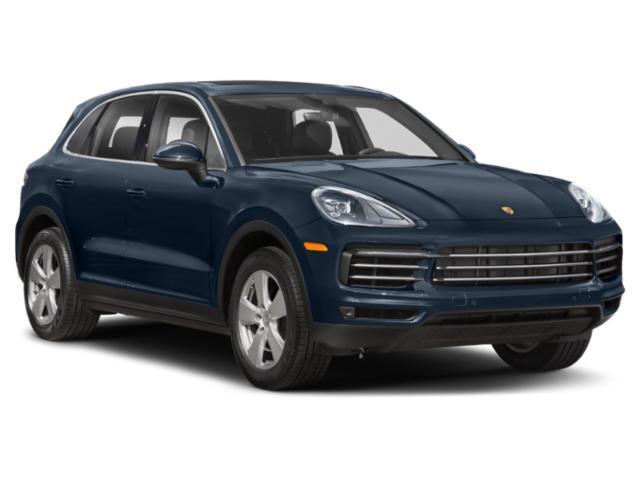
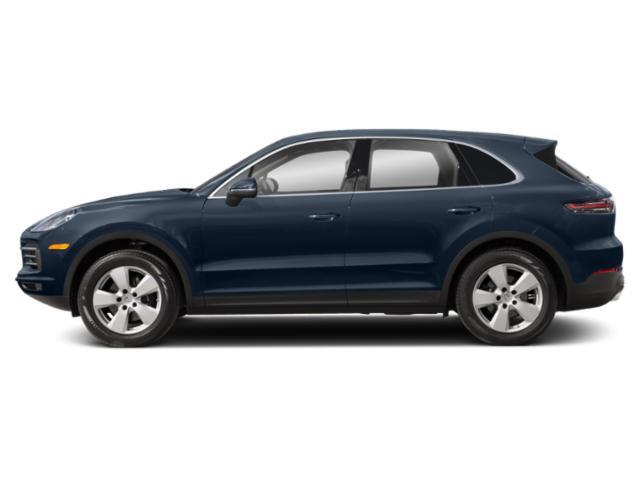
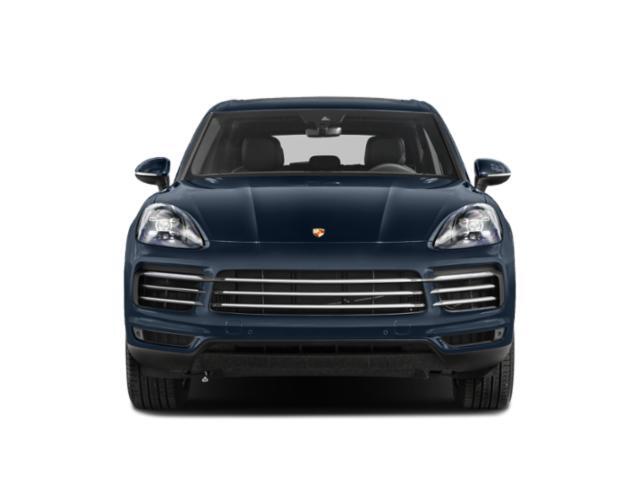
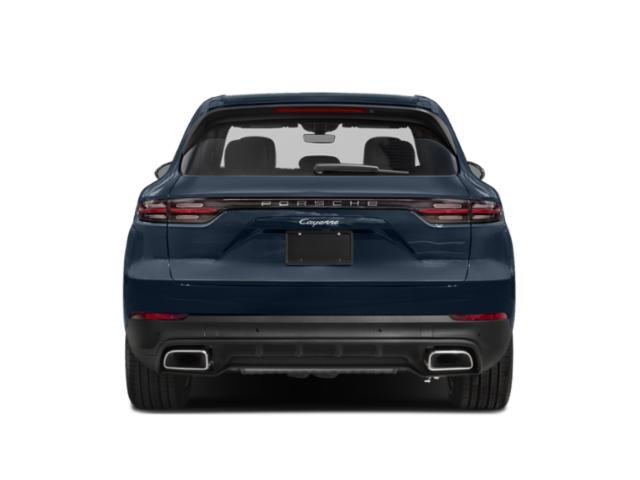
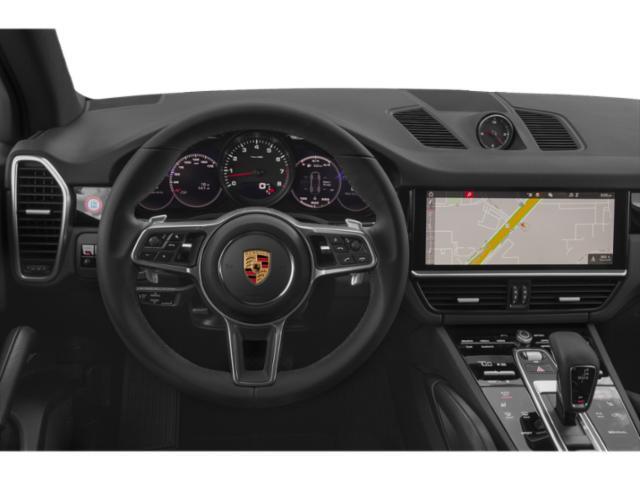
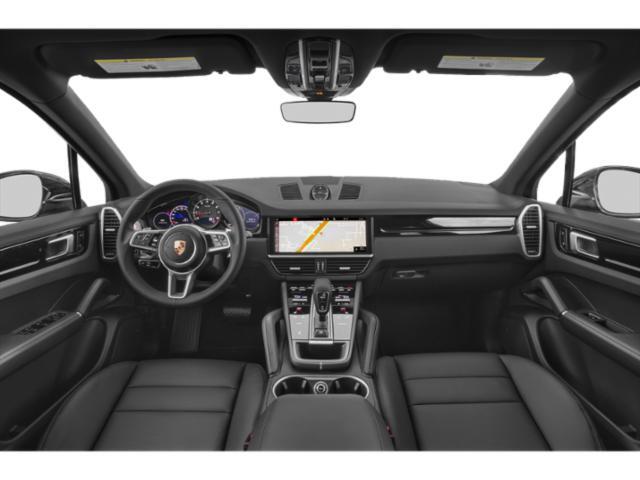
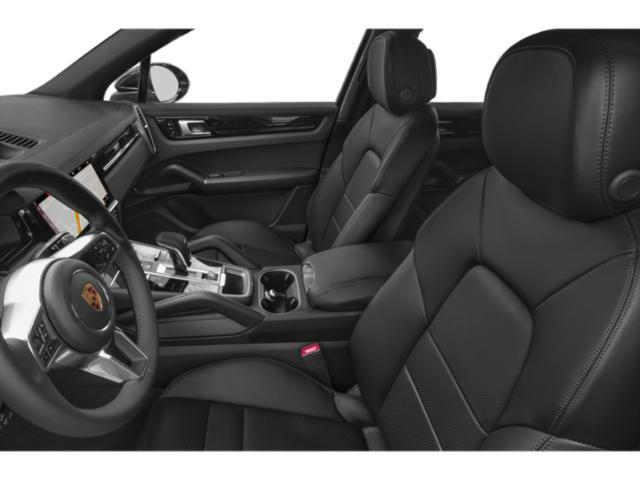
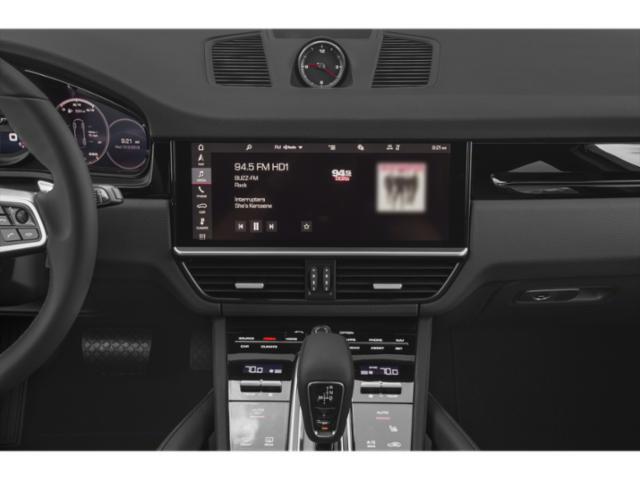
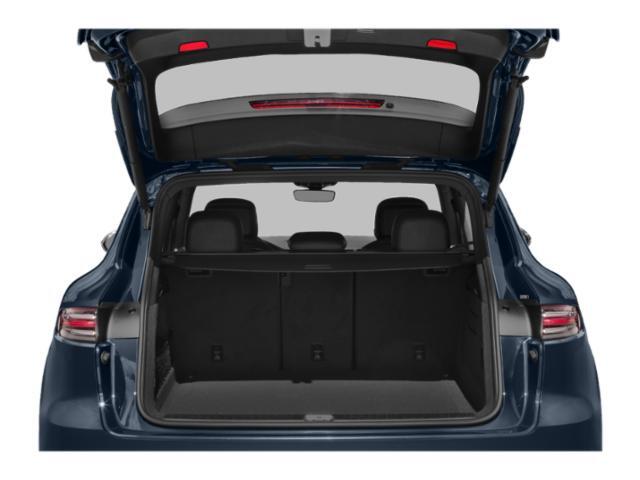
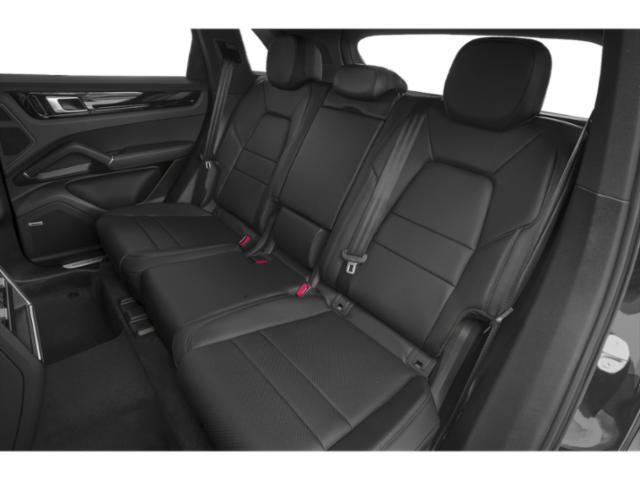
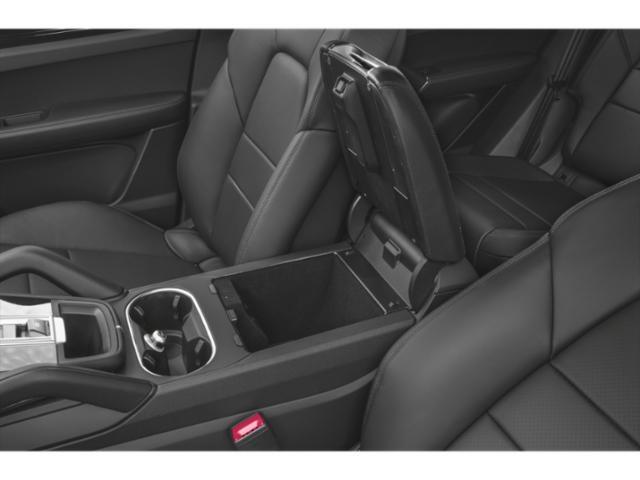
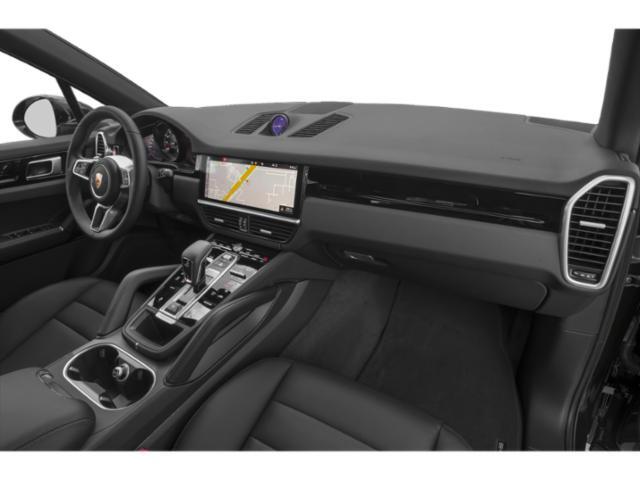
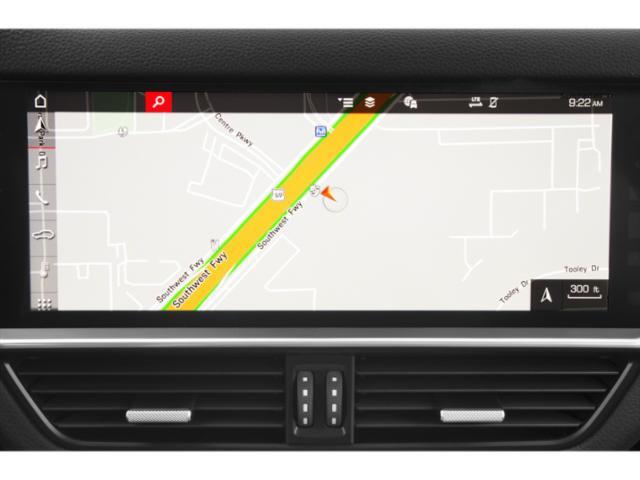
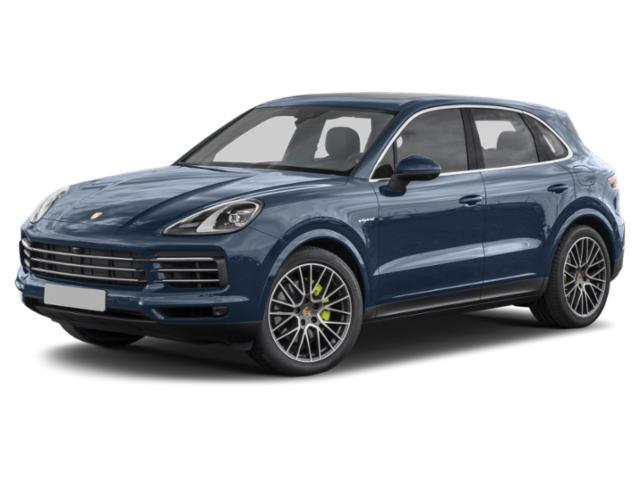
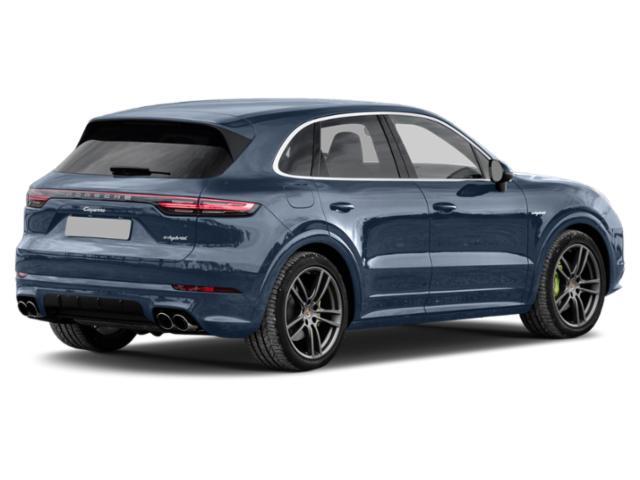
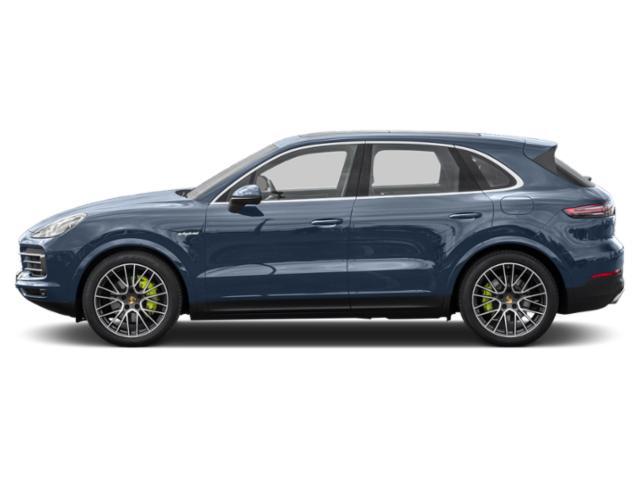
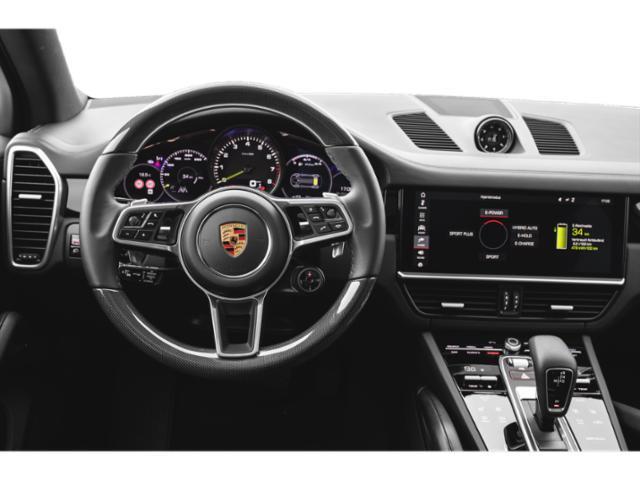


















AutoTrader Review





